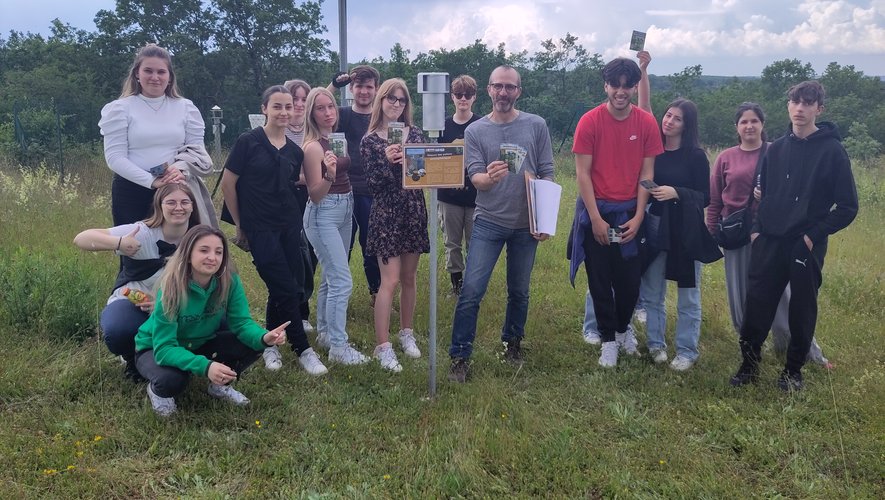Tuesday, May 23, two classes from the Lycée des Territoires in Montat benefited from the intervention of Mr. Manella from the CPIE of Tarn-et-Garonne concerning ragweed (ambrosia artemisiifolia), a plant whose pollen is highly allergenic. The second NJPFs in the morning, the first Sapats in the afternoon were thus able to learn to recognize this invasive exotic species originating from North America and arriving in France in 1875. Its deeply indented leaf, its hairy and reddish stem, its flowers males on long spikes make it possible to characterize the adult plant.
Two plants discovered
A close relative of sunflower, Jerusalem artichoke or even rudbeckias, it actually looks much more like mugwort… It differs in particular from common mugwort (artemisia vulgaris), which grows in the same environments, by the green color on both sides of its leaves. It flowers from July to September, and is therefore potentially troublesome during the summer.
The second year students also surveyed the school grounds in search of seedlings, and noted the presence of two individuals on the same station, on a grape must composting plot.
Maintain plant cover
The public health problem posed by pollen requires coordination of means of control between the various actors: individuals, farmers, local and regional authorities, State. And prevention remains a pillar to limit the spread of this plant capable of producing up to 3,000 seeds per plant! Among the most effective means of control, budding ecologists will have noted that having a permanent plant cover greatly limits the proliferation of this ruderal and undesirable American plant… Ruderal plants are those that grow on bare soil ( annual crops, roadsides, quarries, river banks, etc.).
A pollen catcher
Finally, the first year students put up the informative poster on the location of the pollen sensor placed on site a few weeks ago by the RNSA (national aerological monitoring network).
Read also :
Batch: very allergenic, ragweed pollen will be subject to enhanced monitoring using sensors
The main purpose of this association is to study the content of the air in biological particles that can have an impact on the allergic risk for the population. That is to say the study of the content of the air in pollens and molds as well as the collection of the associated clinical data.

